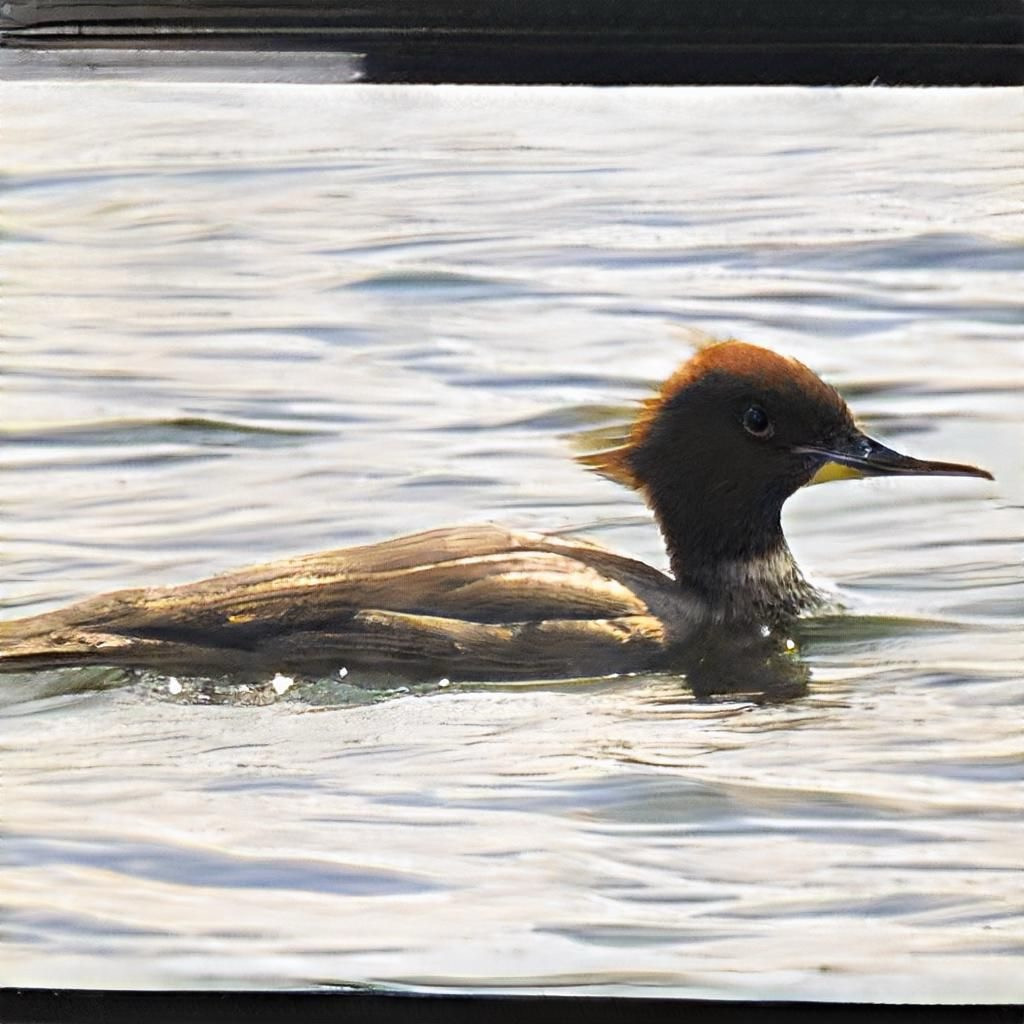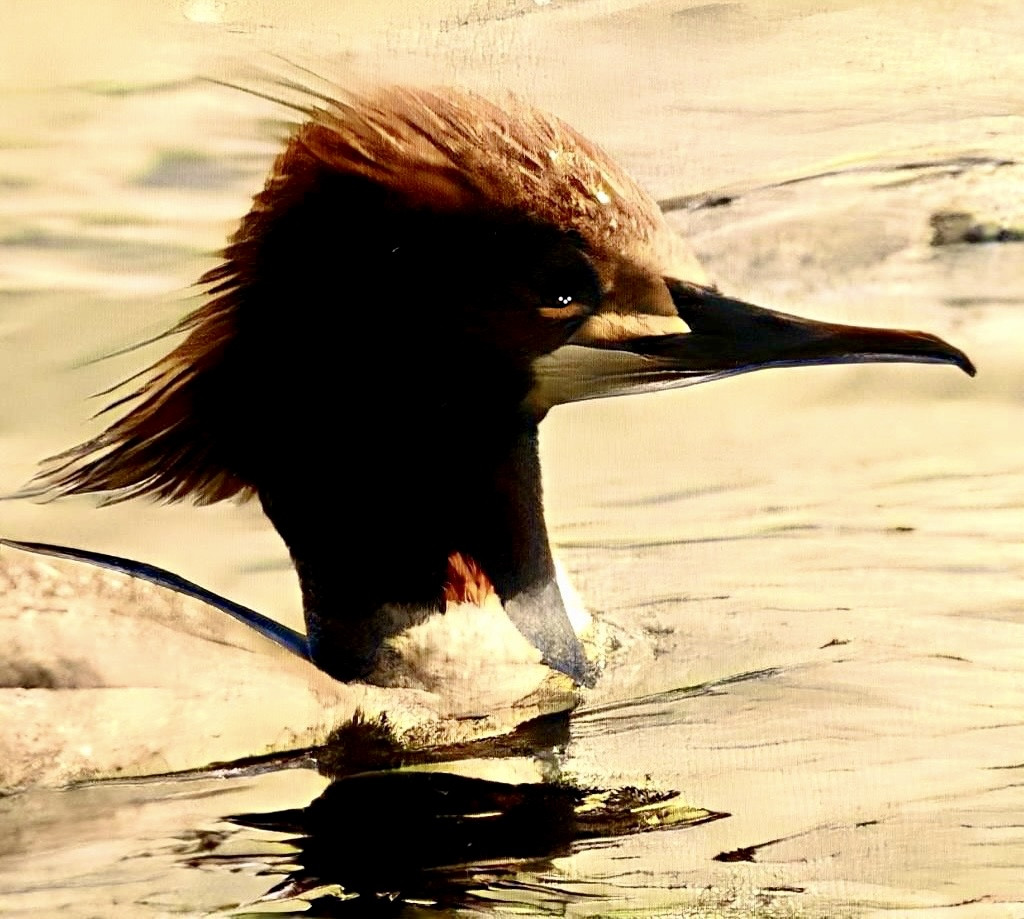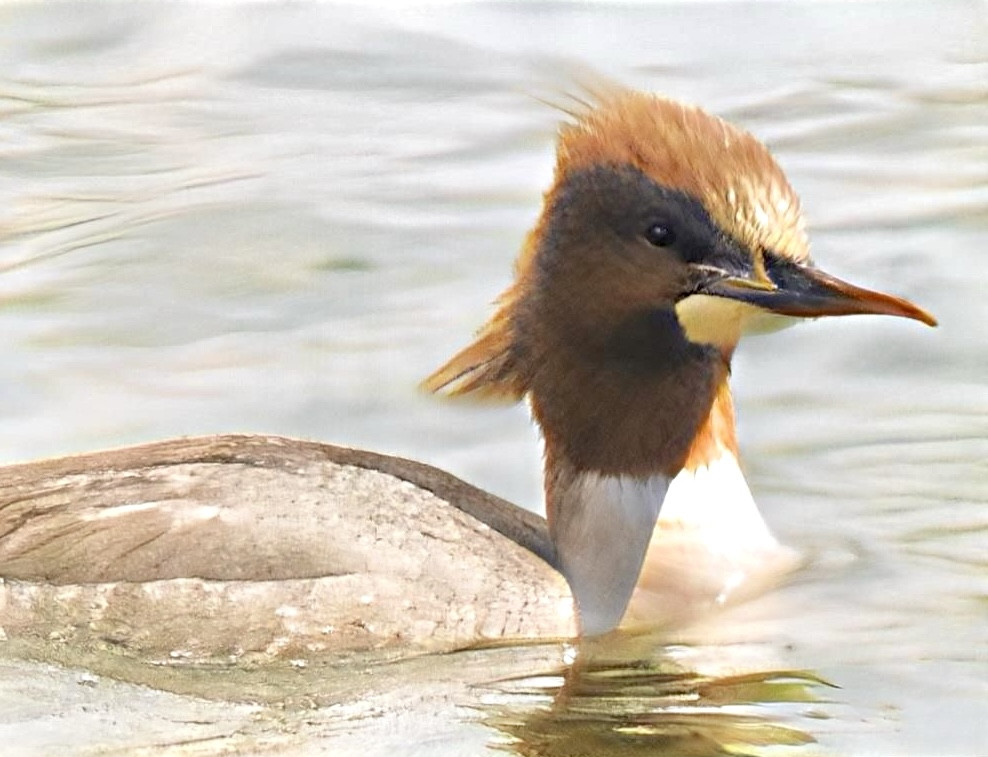Description
The deep waters around Lake Vättern are ice-free most years. This makes it an excellent wintering area for birds. The lake holds large wintering populations of gulls like racek bouřní, racek stříbřitý and racek mořský. This is also one of the best places for the rare racek šedý, although it is not seen most years. Most gulls winter around Motala. The area also holds wintering waterfowl. Most commonly: morčák velký, labuť velká, volavka popelavá, labuť zpěvná, polák chocholačka and hohol severní. Around Vadstenaviken large amounts (many hundreds) of kachna divoká winter. Often with other rarer (wintering) dabbling ducks in the mix. The lake also holds wintering populations of kormorán velký, morčák prostřední, morčák malý (visitors from Boren) potápka roháč, potápka malá, and during mild winters: potápka žlutorohá, turpan hnědý, potáplice severní and hoholka lední. The large fields around Vadstena and Norrsten hold wintering geese, konopka žlutozobá and sněhule severní. Many birds of prey also winter. Most common are krahujec obecný, and orel mořský.
During the last weeks of Febuari the first spring birds arrive. špaček obecný, skřivan polní, pěnkava obecná, and čejka chocholatá are usually the first to arrive. Some of the previously mentioned birds might start to winter if the winters continue to be mild. Many geese like berneška bělolící, husa velká, husa polní, husa běločelá husta tundrová and berneška velká are often seen. Most geese congregate around Tycklingen and Norrsten. Sometimes husa krátkozobá is also found.
During March most of the geese increase in number. More birds of prey arrive: káně rousná, poštolka obecná, sokol stěhovavý, and luňák červený. In Vadstenaviken large amounts of dabbling ducks often rest. husice liščí (Regular), racek chechtavý, ústřičník velký, and bekasina otavní also arrive during this period. From this period onwards volavka bílá is sometimes seen.
During April other wader along with konopka obecná and linduška luční arrive. During April-May large amounts of passerine birds, wader, gulls, and terns use the lake as a landmark for migration. It starts in the middle of April with thousands of pěnkava obecná and pěnkava jikavec, continuing with thousands of koliha velká, with smaller amounts of other waders like koliha malá, břehouš rudý, jespák bojovný and vodouš rudonohý. Also large amounts of gulls like racek chechtavý and racek bouřní. In early May hundreds of terns (rybák obecný, rybák dlouhoocasý) pass. Along with rarer birds like rybák černý, racek tříprstý (quite rare) and racek malý.
During the summer many species of night-active birds can be heard like cvrčilka zelená, slavík tmavý, chřástal polní, rákosník velký (vadstena reningsverk), křepelka polní and sometimes cvrčilka říční. Many other warblers can be found during this period. In the cities of Motala and Vadstena city birds like hrdlička zahradní, zvonek zelený, rehek domácí (missing most winters), pěnkava jikavec, holub skalní, and pěnice černohlavá can be found year round.
Details
Access
Parking can be done at ample places. Some of them are: Tycklingen, Motala, Råssnäsudden, and Vadstena castle. Click on a P in the map to get directions to that area.
Terrain and Habitat
Forest , Wetland , Scattered trees and bushes , Grassland , Valley , Plain , Plateau , Lake , Beach , Mud flats , Agriculture , Reedbeds , River , City/villageConditions
Flat , Hilly , Sandy , Wet , Open landscapeCircular trail
YesIs a telescope useful?
Can be usefulGood birding season
All year roundBest time to visit
WinterRoute
Paved roadDifficulty walking trail
Average walkAccessible by
Foot , Bicycle , CarBirdwatching hide / platform
NoExtra info
Be respectful of the birds. Especially during breeding season.






